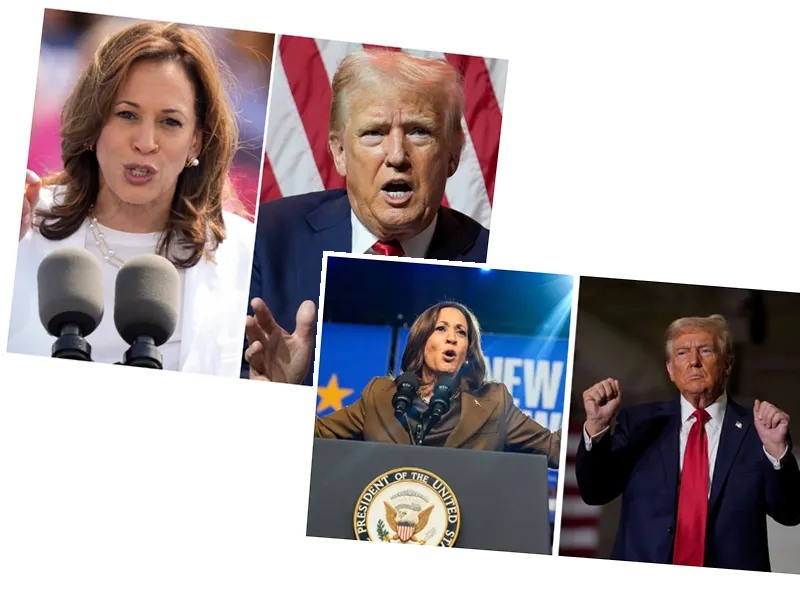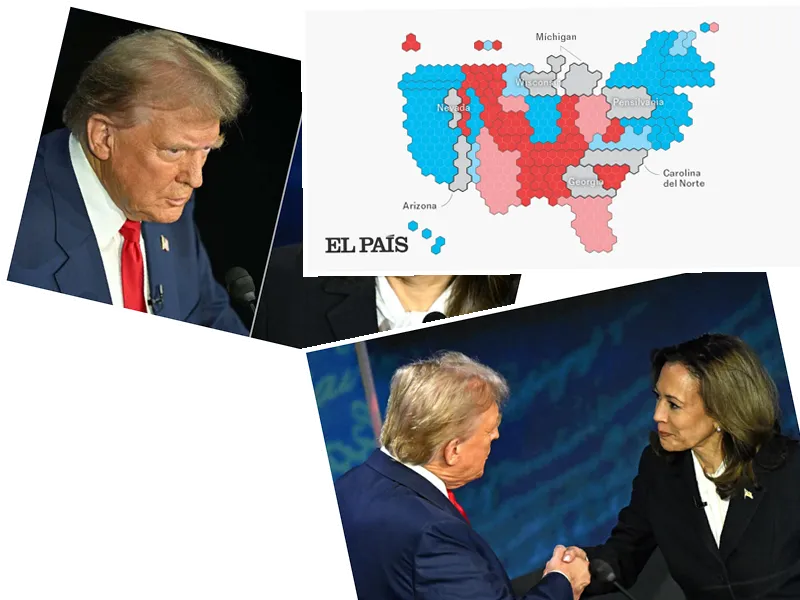As the U.S. presidential election approaches, Vice President Kamala Harris is maintaining a lead over former President Donald Trump in several key polls, particularly in swing states. Recent data from an ABC News/Ipsos poll indicates that Harris is ahead by four points among registered voters and six points among likely voters, with a significant advantage in trustworthiness and perceived qualifications. Harris's popularity among women has also surged, giving her a 13-point lead in that demographic, while Trump retains support among men.
Despite these favorable numbers for Harris, Trump continues to dominate discussions on crucial issues such as the economy and immigration. His campaign has resorted to aggressive tactics aimed at undermining Harris's credibility, labeling her as too liberal while attempting to associate her with extreme political ideologies. Trump's strategy includes appealing to voters' emotions through negative rhetoric, which could either galvanize his base or alienate undecided voters.
The upcoming debate on September 10 in Philadelphia is poised to be a significant turning point in the campaign, as both candidates will have the opportunity to address pressing issues and sway public opinion. Harris's campaign manager has acknowledged the challenges ahead, emphasizing the need for hard work to secure victory. With the election still weeks away, the dynamics of the race remain fluid, and both candidates must navigate the complexities of voter sentiment and campaign strategies.
- Harris's campaign has focused on addressing economic concerns, proposing measures to tackle high grocery prices and appealing to blue-collar workers. In contrast, Trump’s campaign has been characterized by personal attacks and attempts to redefine Harris negatively, as he grapples with his own controversies and the fallout from his previous administration. The political landscape is further complicated by the historical context of previous elections, where swing states played a pivotal role in determining the outcome.
- Polling data from FiveThirtyEight shows that while Harris is ahead in most swing states, the race remains tight, with only narrow margins separating the candidates. The dynamics in states like Wisconsin and North Carolina could be critical, as they have historically swung between parties. As both candidates ramp up their efforts in the final weeks before the election, the focus will likely shift to key voter demographics and their responses to the candidates' contrasting visions for the future.






